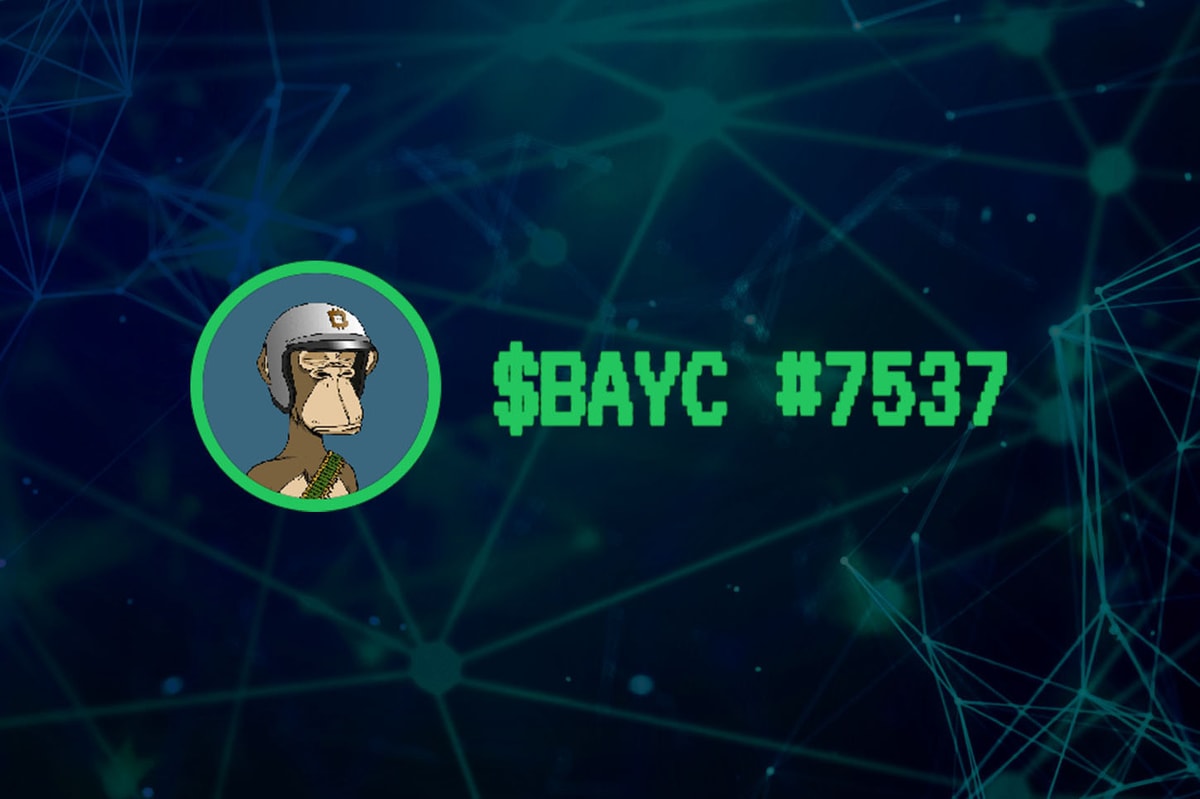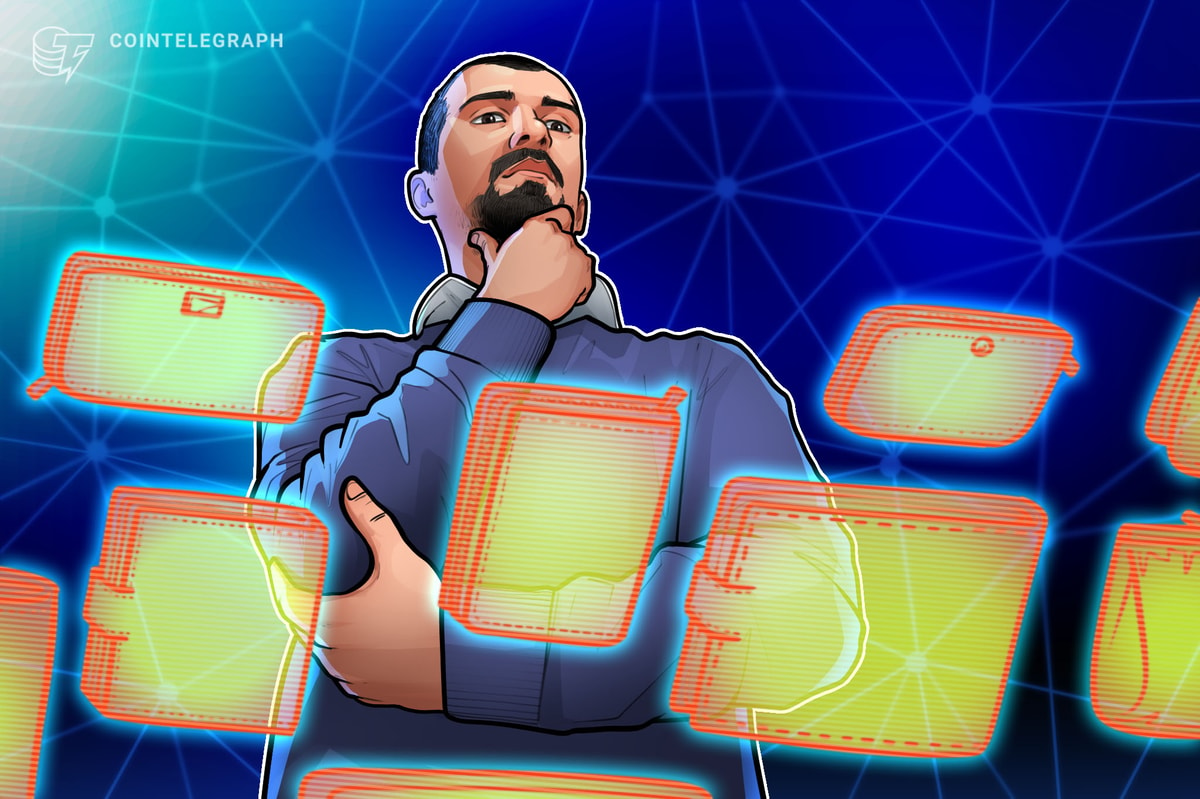
Although scalability (the block size limit) has been the main topic of conversation in the Bitcoin community over the past year, this controversy has also brought up another important subject for the peer-to-peer digital cash system: governance. Bitcoin Core Contributor Peter Todd is no fan of Bitcoin XT, but he does like the fact that Mike Hearn’s alternative implementation of the Bitcoin protocol brought the topic of governance to a wider audience.
So how does Bitcoin governance work? Blockchain Capital Managing Partner Brock Pierce was recently asked this question by Jason Calacanis on This Week in Startups, and he described the checks and balances that exist between different participants in the Bitcoin ecosystem.
A Developer Has to Write the Code
Pierce described Bitcoin governance in layers, noting that a developer must first write code that becomes an option for users of the system:
“The system actually has multiple layers. One, a developer has to write the code and put it forward. It really goes through a peer-review type of process where it gets vetted because it’s a very public process. It’s an open-source project; that’s what it is.”
Some are worried about the perceived centralization currently found in the Bitcoin development process, but in reality, developers have no power over what code Bitcoin users decide to run on their computers. Although Bitcoin Core is currently the reference implementation of the Bitcoin protocol, the five developers with commit access to that particular software client do not have any sort of tyrannical power over the system.
The Consensus of Miners
Once a developer has written some code, it is then up to miners to decide whether they should switch to that new software or stick with the code they’re currently running. Miners even have the ability to not upgrade their software if they do not agree with a change made by the development team behind the current reference implementation of the protocol.
During his interview, Pierce noted much more than 51 percent of miners need to agree on any proposed changes to Bitcoin’s consensus rules:
“The people that are running the infrastructure have to come to an agreement. The miners have to say yes, and then they need to run it, process a certain number of blocks, and you actually need more than 51 percent. You really need – call it 90 percent. You need [social] consensus of those miners.”
The level of social consensus among miners needed to implement a change that would cause a hard fork differs depending on whom you talk to. Bitcoin Foundation Chief Scientist Gavin Andresen would say 75 percent of miners is enough for a hard fork, while the developers behind Bitcoin Core would like to see “near-universal agreement” before implementing such a change. The Chinese Bitcoin community has also decided it will only accept a hard fork to a 2-megabyte block size limit if 90 percent of the network hashrate agrees to it. Having said that, it’s unclear whether they would be willing to switch to Bitcoin Classic in order to make that change.
Users Choose Which Coin Has Value
The last level of Bitcoin governance is the user base. After all, bitcoin miners are only going to mine on a blockchain that actually has value. Pierce explained the role of Bitcoin holders and Bitcoin companies in Bitcoin governance:
“The miners are also influenced by the other parties, which would be the companies: the Bitcoin exchanges, the wallets, [and] the payment process. What happens is you go through this process of a hard fork where you get two versions of the software running, which means now everyone’s coins have been replicated into two wallets. Now, whichever one the payment processors accept as real – they start to have an influence.”
This Week in Startups host Calacanis noted the similarities between the participants in the Bitcoin network and the three branches of government in the United States:
“It’s almost like the government where you have the executive branch, the legislative branch [and the judicial branch].”
The recent launches of Bitcoin XT and Bitcoin Classic have been the first serious tests of this governance model. Bitcoin Core has been able to avoid a hard fork for the time being by implementing Segregated Witness via a soft fork , but there is near-universal consensus on the need for an eventual hard fork to a larger block size limit in Bitcoin.
Kyle Torpey is a freelance journalist who has been following Bitcoin since 2011. His work has been featured on VICE Motherboard, Business Insider, RT’s Keiser Report and many other media outlets. You can follow @kyletorpey
on Twitter.
Photo Hans Splinter / Flickr(CC)










